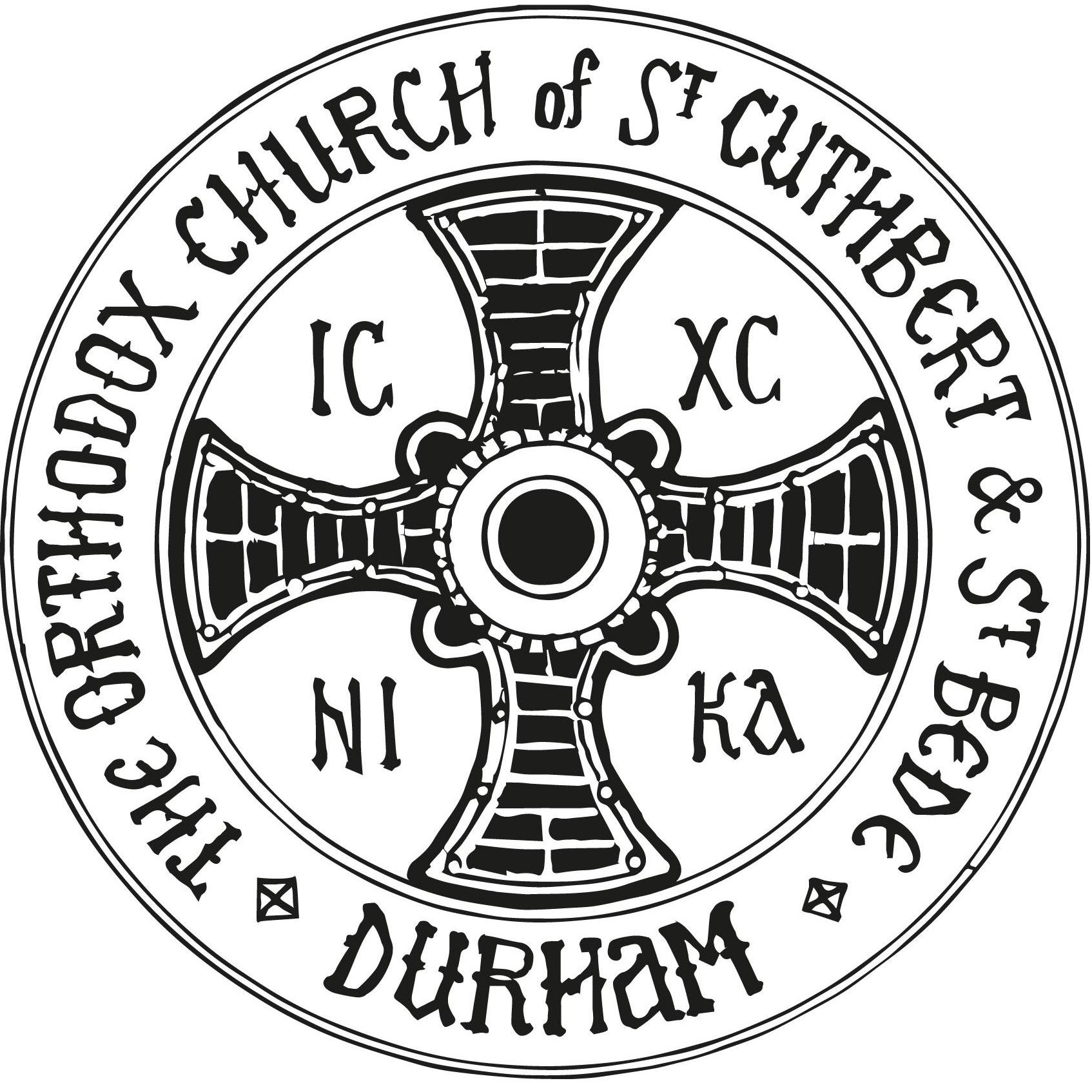Christ is risen! Христос воскресе! Χριστὸς ἀνέστη! Hristos a înviat!
This Sunday and next the Gospel we hear at the Divine Liturgy consists of most of a long chapter from St John’s Gospel: this week chapter 4, with the story of Jesus’ encounter with a Samaritan woman at Jacob’s Well; next week, most of chapter 9, with the account of the healing of the man born blind—long chapters with a lot of discourse: this week a conversation, next Sunday the arguments and inquisition that ensued on Jesus’ healing on the Sabbath day. The Church gives us a great deal to ponder on, and a single homily can only take up a few points. But first, one general point: These Sundays—of the paralytic, of the Samaritan woman, of the man born blind—do not have their own ‘apolytikion’, the verse that normally defines whatever it is that we are celebrating, instead we simply have the Resurrection apolytikion; furthermore, although they do have a kontakion, the other ‘defining’ verse, we don’t hear it at the Liturgy, not, at least, in the Greek practice, for we use the kontakion of Pascha. The effect of this—the intended effect—is to underline that we are still celebrating Pascha, Christ’s death and resurrection; everything else fits into that. Moreover, today, we are in the Mid-Feast of Pentecost—which lasts from last Wednesday to next—so its own theme is recalled, which is water: the water that the Lord calls on us to drink, the ‘water of immortality’, which, having drunk, we shall never again thirst. It is into the context of these themes—joy at the Resurrection, water that quenches our thirst forever—that we are to read the Gospel.
The Gospel begins with Jesus coming, alone, to the Samaritan city of Sychar, on his way from Galilee to Jerusalem; he is weary from the journey and he sits down beside Jacob’s well, or spring. It is about the sixth hour, we are told; that is, about noon. The very next chapter, chapter 5, takes place in early autumn, at the Feast of Tabernacles, so now Jesus is beside Jacob’s Well it is late summer, with the sun beating down. Is that why we are told it is ‘about the sixth hour’? The first of the stichera for Vespers, concerned with the Samaritan woman, suggests something else:
Beside the spring, there sat the Spring of wonders [that is, Christ], at the sixth hour, that is, the hour in which Eve plucked the fruit; for she was expelled from Paradise by the deceit of the serpent. The Samaritan woman therefore approached to draw water. Seeing her the Saviour said, Give me water to drink, and I will fill you with living water. Running back to the city, the wise woman straightway announced to the crowds: Come, see Christ the Lord, the Saviour of our souls.
You might well think that that summarizes all too abruptly a long discussion, or even series of discussions: but what can you do, if you have to sum it all up in a few lines? But the point is this: the Samaritan woman, a daughter of Eve, approaches Christ, the new Adam, at the very time in the day when the old Eve sealed our human fate, by plucking the fruit at the deceitful suggestion of the serpent. In some way, it is the point of the story of the encounter between Jesus and the Samaritan woman that now Eve’s deed is reversed. The well, discovered by the patriarch Jacob, the bucket, the laborious way of drawing water: all this represents the struggle that life is in this fallen world. Jesus speaks to her of another source of water: living, flowing water that we don’t need to draw—and even more, we don’t even need to go and get it, from this well or that spring, for as Jesus says to the Samaritan woman, ‘Anyone who drinks of this water will thirst again, but one who drinks of the water that I shall give them will never ever thirst again, but the water that I give will become in them a spring of water, flowing into eternal life’ (John 4: 14). As Jesus says at the end of the feast, the mid-feast of which we are still celebrating: ‘If anyone is thirsty, let him come to me and drink; one who believes in me, as the Scripture says, from his belly there will flow streams of living water…’ (John 7: 37–8).
This living or flowing water (ἁλλόμενον or ζῶν), welling up from within oneself, not something we have laboriously to acquire: this is what Jesus promises to the Samaritan woman—and to us. It is the new drink of the Resurrection: as we sing in the Paschal Canon:
Come, let us drink a new drink, not one brought forth by some marvel from the barren rock, but the source of incorruption, which pours out from the tomb of Chrisdt, in whom we are established.
Or, the communion hymn during Easter:
Receive the body of Christ, taste from the immortal fount. Alleluia!
It is this living water that we come to receive in the Divine Liturgy, and even when we cannot, as now, we need to remember that—even in normal times, we do not come to the Eucharist to receive sustenance that dies and needs to be replenished—we receive something that—in a way beyond any conceiving—we are, and are becoming. ‘One who drinks of the water that I shall give them will never ever thirst again…’ We come to receive the Holy Gifts, not because their effect on us has diminished or even vanished, but to celebrate with joy and thanksgiving our union with Christ in whom we have become springs of living water, flowing up into eternal life.
Christ is risen! He is risen indeed!
